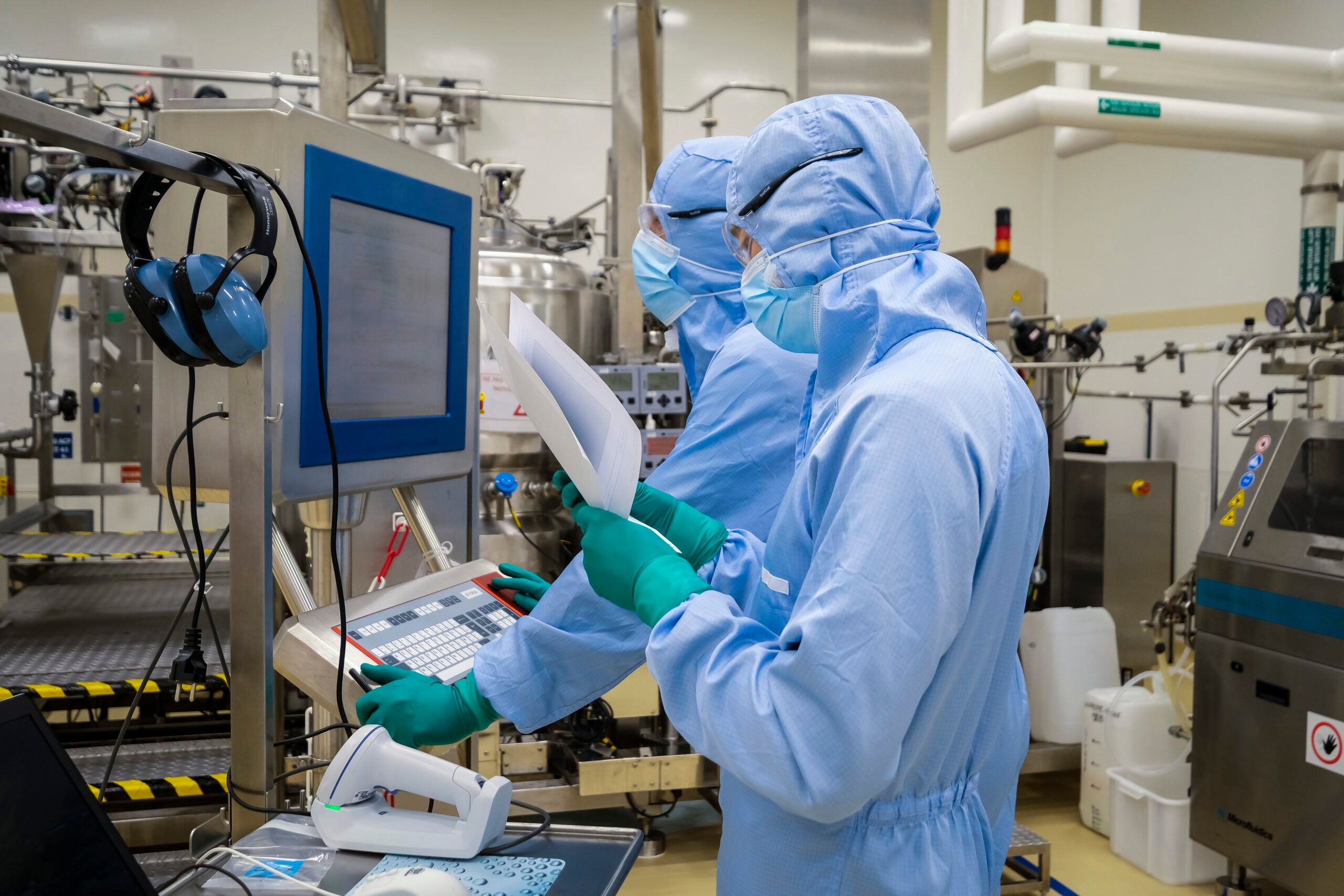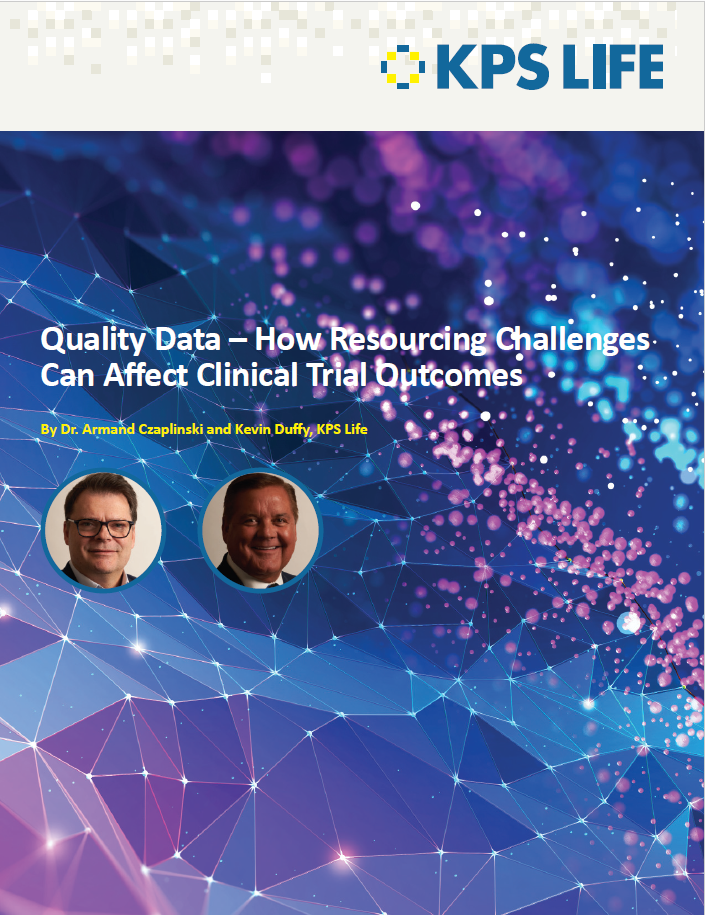
In their ability to provide substantial protection against the worst effects of the novel coronavirus, vaccines are our ticket out of the Covid-19 pandemic – but research suggests they could also help us tackle another urgent threat to public health: antimicrobial resistance.
Antimicrobial resistance (AMR), which occurs when pathogens such as bacteria and viruses no longer respond to treatment, is one of the World Health Organization’s (WHO) top 10 global threats to humanity. The United Nations has warned that drug-resistant infections, driven largely by antibiotic misuse and overuse, could kill 10 million people a year by 2050 – threatening a future where once easily cured infections become untreatable.
How well do you really know your competitors?
Access the most comprehensive Company Profiles on the market, powered by GlobalData. Save hours of research. Gain competitive edge.

Thank you!
Your download email will arrive shortly
Not ready to buy yet? Download a free sample
We are confident about the unique quality of our Company Profiles. However, we want you to make the most beneficial decision for your business, so we offer a free sample that you can download by submitting the below form
By GlobalDataThe need to act on AMR is clear – but the solution is not as simple as making new medicines. No new antibiotic classes have been discovered since the 1980s, and a WHO report last year found that the current antibacterial clinical pipeline and recently approved antibiotics are “insufficient to tackle the challenge” of growing AMR.
According to a recent report, more than 38% of the 72 antibiotic drug programmes currently underway in the US target C. difficile and tuberculosis, leaving just 44 drugs that address other disease-causing bacteria.
While available antibiotics grow increasingly inadequate, there’s a serious lack of financial incentive for drug companies to try and produce new ones, which can cost as much as $1.5bn. High failure rates and the restricted use of novel antimicrobials further make antibiotics an unattractive market.
Wangxue Chen, principal research officer at National Research Council Canada, says while there are scientific and financial challenges associated with developing vaccines for AMR – for example, the relatively small target population for vaccination – it remains a promising approach to tackle drug-resistant infections. For example, mRNA vaccines, Chen says, could offer a solution to the obstacles researchers currently face in developing vaccines against AMR pathogens.
With the global population in dire need of alternatives to antibiotics, researchers and pharma companies are exploring various ways to apply vaccine technology in the fight against AMR.
Banking on vaccines to avoid later antimicrobial resistance
One of the simplest ways vaccine science can help tackle AMR is to prevent infections that would otherwise be treated – appropriately or not – with antibiotics. Vaccines have been developed for a number of bacterial diseases including pneumonia, meningococcal disease, tuberculosis, and cholera.
Vaccines that target non-bacterial infections also play a part in reducing antibiotic use; for example, by preventing diseases that could lead to secondary infections requiring antibiotic treatment.
UK-based GlaxoSmithKline (GSK), for one, is developing vaccines that target the common respiratory virus RSV, and the bacterial infections caused by Shigella, Staph aureus, and Mycobacterium tuberculosis, in an effort to further reduce global reliance on antibiotics. The drugmaker is also exploring the possibility of repurposing its meningitis vaccine Bexsero to protect against gonorrhoea, a sexually transmitted bacterial infection that is growing increasingly resistant to antibiotics.
Across the pond, Johnson & Johnson (J&J) is developing a vaccine for a dangerous and increasingly resistant strain of E. coli. Extraintestinal Pathogenic Escherichia coli (ExPEC) can cause severe and even fatal infections that are particularly dangerous for older adults, and existing treatments are becoming ineffective. J&J’s vaccine candidate, ExPEC9V, is currently being investigated in Phase III studies in adults aged 60 years and older with a history of urinary tract infection in the past two years.
Urinary tract infections (UTIs), usually caused by E. coli bacteria, are one of the most common infections typically treated with antibiotics. But the infection-causing bacteria are showing increased resistance to drugs – meaning the prevalence of UTIs must be reduced, and fast.
Uromune, developed by Spanish pharma company Inmunotek, is a sublingual vaccine designed to prevent recurrent or chronic UTIs. The vaccine, administered as a spray, contains the whole inactivated versions of the four most common pathogens behind UTIs: E. coli, Klebsiella pneumoniae, Proteus vulgaris, and Enterococcus faecalis. Uromune is currently in Phase III studies and only available in certain countries under patient programmes, but clinical research indicates that the vaccine significantly reduces the recurrence of infections.
Another approach is to utilise reverse vaccinology, which involves computationally screening whole genomes of pathogens to identify protein antigens that can serve as potential vaccine candidates. By beginning with the pathogen’s genomic information, researchers are able to select antigens demonstrating the most desirable traits to test in preclinical models.
This reverse method of vaccine discovery has seen success in the highly effective Meningitis B jab Bexsero, and vaccine candidates for ExPEC and Pseudomonas aeruginosa have also been explored using this approach.
Generalised Modules for Membrane Antigens (GMMA)
All bacteria have an inner cell membrane and cell wall to protect themselves, but Gram-negative bacteria have an additional outer layer that sheds vesicles with the exact same composition as the cell membrane. Scientists are able to engineer bacteria to produce large numbers of these vesicles, which forms the basis of GMMA technology.
As GMMA mimic the bacterial cell that has shed them, they can be used in vaccines to present key antigens found on bacteria and effectively prime the immune system against infection. As part of the engineering process, researchers can also reduce the reactogenicity of the GMMA to make them safer for use in vaccines.
Giulia Giordano is a vaccine development lead expert in GMMA at GSK. She says because GMMA are easily produced, purified, and manufactured at scale, vaccines based on the technology hold promise as a means of preventing infections caused by Gram-negative, drug-resistant pathogens. This is particularly significant for low-income countries and those without large-scale manufacturing facilities.
GSK’s GMMA-based shigellosis vaccine, currently in a Phase I/II trial, has been well-tolerated and immunogenic in studies so far. Shigellosis is the second deadliest diarrhoeal disease among children under five, and infants aged nine months old are the company’s main target age group for the jab.
GMMA are simple to produce and can therefore be used to make vaccines quickly in cases of urgent need, Giordano explains. “If there is an outbreak of an antimicrobial resistant bacteria, GMMA can be a really fast solution.”
GMMA also contain pathogen-associated molecular patterns, which act as adjuvants to stimulate the immune system – meaning GMMA-based vaccines can provide an enhanced immune response without the need for adjuvant substances to be added.
Since GMMA resemble the pathogens they are designed to target, it gives this platform an edge over others. “[It] is a powerful technology because it gives vaccines a really unique advantage,” Giordano says.
Harnessing mRNA
Messenger RNA (mRNA) vaccines were thrust into the limelight during the Covid-19 pandemic when Pfizer along with BioNTech, and Moderna developed mRNA-based jabs against the virus, but researchers have been exploring this technology for decades. In these vaccines, mRNA encoding pathogen-specific antigens are introduced into host cells to produce proteins that trigger an immune response against the pathogen.
“To develop an AMR vaccine, theoretically, all we needed is the mRNA sequence of the antigen from the AMR pathogen of interest,” Chen says.
Along with its success in Covid-19 vaccines, mRNA-based platforms could be ideal for jabs targeting resistant pathogens. For example, early research into an mRNA vaccine against human malaria – two parasite species of which have confirmed resistance to antimalarial drugs – has recently yielded encouraging results.
Chen also said alternative mRNA vaccine platforms like that use self-amplifying or trans-amplifying RNA, which will be developed in the next few years, could provide novel strategies to address existing challenges. Researchers have investigated self-amplifying mRNA vaccines against group A and group B Streptococci. Mice immunised in the study generated significant amounts of antibodies and the immune response was found to offer consistent protection against bacterial infection.
“In addition to excellent protection, efficacy and good safety profiles, the speed to design and produce mRNA vaccines with the premade constructs, the potential low R&D cost, and fast regulatory approvals are specifically attractive for AMR vaccine development,” Chen says.
The speedy rollout of mRNA vaccines during the pandemic indicates that mRNA-based jabs could be developed safely and quickly in response to emerging resistant pathogens and outbreaks of drug-resistant disease. But specific biomanufacturing facilities and expertise are needed to make this a reality, Chen says.
GSK’s Giordano says Covid-19 has highlighted the invaluable role of vaccines in tackling urgent public health threats. “We have all seen [during the pandemic] that vaccines are important, and learned that a vaccine can be developed and produced in record time, without taking any shortcuts on safety,” she says. “Having [the] technology ready in case there is a need – everywhere in the world, in low- or high-income countries – is of paramount importance.”







